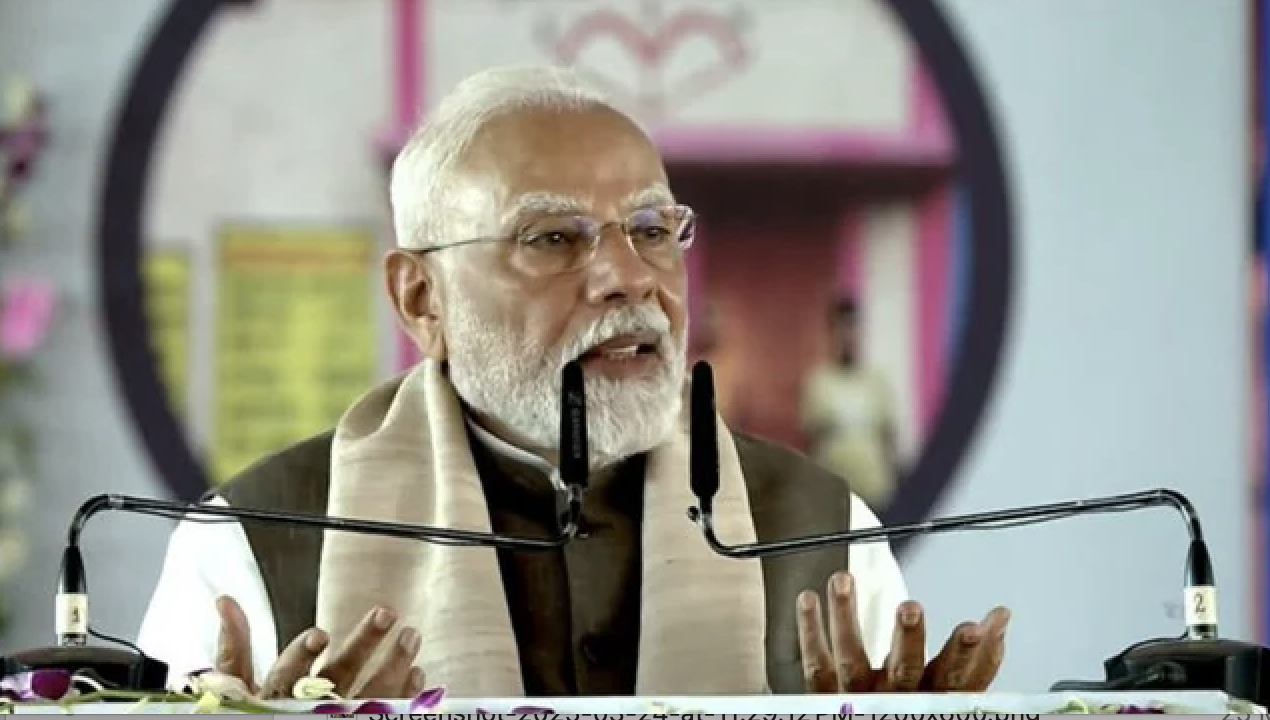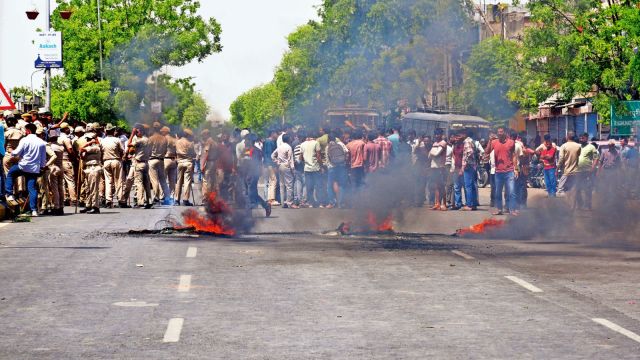
Sadhvi Ritambhara Devi’s oratory skills are legendary and a packed room of prominent Hindu leaders in Houston were witness to the full force of that power on July 22 at Keshav Smruti. Using equal measures of humor and gravity, she spoke about spirituality, her work with destitute children and women and her vision to build a Hindu museum to showcase Hinduism – a first of its kind in the world.
Construction is already underway on a 12 acre plot and will utilize state of the art, high tech innovations to exhibit and explain the tenets of Hinduism.
Hindu philanthropist Braham Aggarwal of Florida announced a donation of Re. 11 crores (Approximately $1.80 million) for this unique project in Vrindavan, U.P. The opening is scheduled for 2020.
The museum will also feature the contributions of women through the four Yugs or ages – the Satyug, Treta, Dwapara and the Kalyug.
Women like Draupadi and Janaki are well known but our scriptures are equally replete with examples of powerful women like Lopamudra who was a philosopher and the Principal of an important Gurukul during the Satyug.
Other exhibits will include Hindu deities and their modeof worship and the story of the Purush Avatars. Life like sets and the use of special effects will depict the ancient civilization, the different yugs or eons .
Most people know of Sadhvi Ritambhara Devi as a fearless Hindu leader who made headlines with her fiery speeches during the Ram Janmabhoomi movement.
At that juncture, she could have easily opted for a successful political life but veered away to become Didi Maa to thousands of poor children and destitute women. Kranti (revolution) and karuna (compassion), she emphasizes, can go together but clearly states that politics is not in her “swabhav” (nature).
As a child, Nisha as she was named, was reflective and displayed a detachment from worldly things.
Contrary to her image, Didi Maa as she is better known, is relaxed, approachable and ever smiling in person. That’s until she begins her discourse. A different kind of energy grips her as she leads the way in an uplifting bhajan and recites verses from the Ramcharitra Manas. A forceful voice combined with a prodigious mastery over Hindi is used brilliantly and effectively to galvanize the gathering and ignite their inner being because “Ram Hame Bhi Ban Na Hai.” (We also need to become Ram.)“Hum kahan chuk gaye?” Where did we go wrong, she questions. Why has a rich ancient country like India come to this pitiful state? Why has Rashtra Bhakti been compromised? Why have we started ignoring the Upanishads and the Vedas? When did pretensions creep into religion? She called out to the gathering to revitalize Rashtra Bhakti and bring “God into every aspect of your life.”
Didi Maa runs a Vatsalya Gram or a Village of Maternal Love under the Param Shakti Peeth Trust in Vrindavan.
The birth of this village began when a day old baby was abandoned on the front steps of the ashram she was staying. She started with 22 children in 2 rooms and gradually expanded to include widows, abandoned women and the aged.
The structure is based on a unique concept of making a Vatsalya family where 5 girls, 2 boys, a mother, aunt and a grandmother live like a family in an independent house. There are several such families housed there, which in essence, becomes a childrens’ home, a women shelter and an old age home all in one. There are seven Vatsalya Grams in India today.
This story was originally published in india-herald.com . Read the full story here






